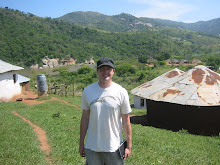Sometimes, particularly in the Northwest, outdoor swimming pools just don't get much use. The client for this West Linn project had this realization after years passed with very little backstrokes or summer pool parties being hosted.
 |
| Existing Pool |
With the pool and surrounding decks in decay, a new design was needed that realized the needs of the client while also taking into account the costs and logistics of removing and/or retrofitting the existing pool.
Given the client's love for Koi ponds, research was done that looked into the technical and logistical aspects of retrofitting a full-size pool into a habitat for fish and native water flora.
Ultimately, it was determined, that with the right treatment and preparation, a portion of the swimming pool could be renovated into a successful koi pond habitat.
Rather than investing in an expensive filtration device, a biofiltration system was recommended - combining the natural filtration properties of native water plants in combination with minimal, easy to maintain filtration system. In simple terms, water is pumped to a filter housed above a naturalistic water feature. The water is percolated up through gravel and filtering plants, then sent back to the pond via a rock-filled "streambed". Sending water down this stream also acts to efficiently aerate the pond while minimizing stagnant water - an often hospitable environment for mosquitos.
For further discussion and studies on conversion of swimming pools to ponds
click here.












 Together with recycled,
Together with recycled, 